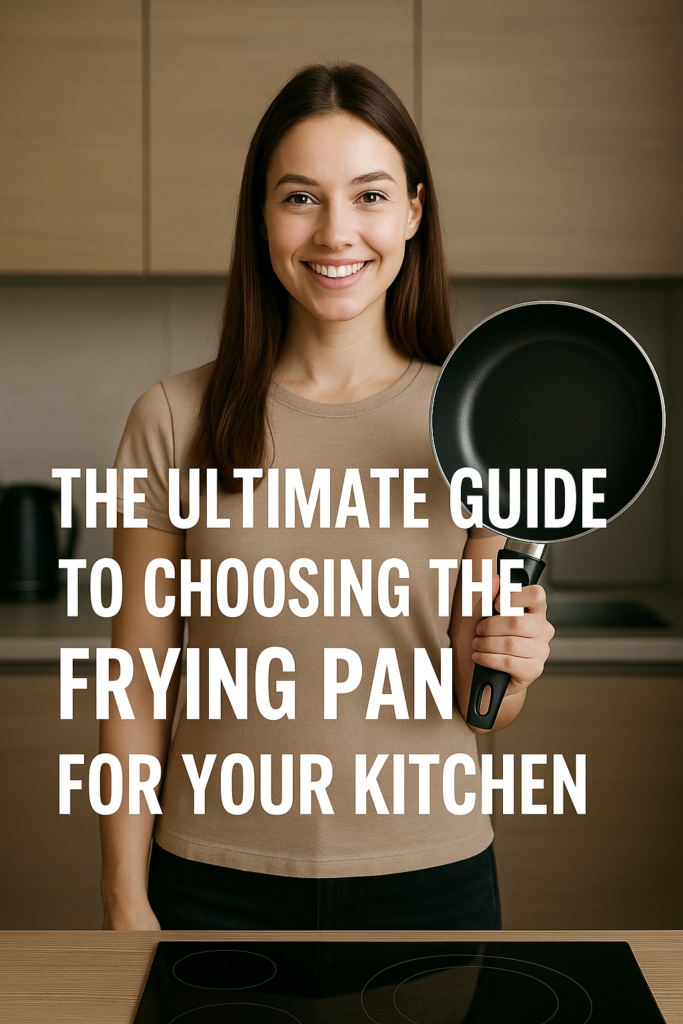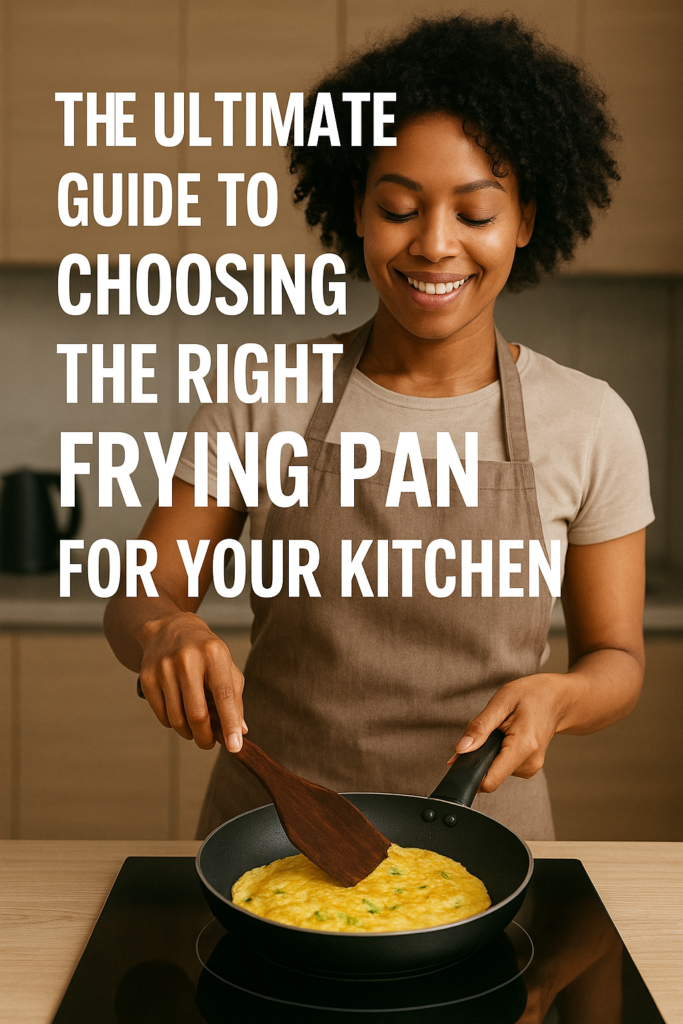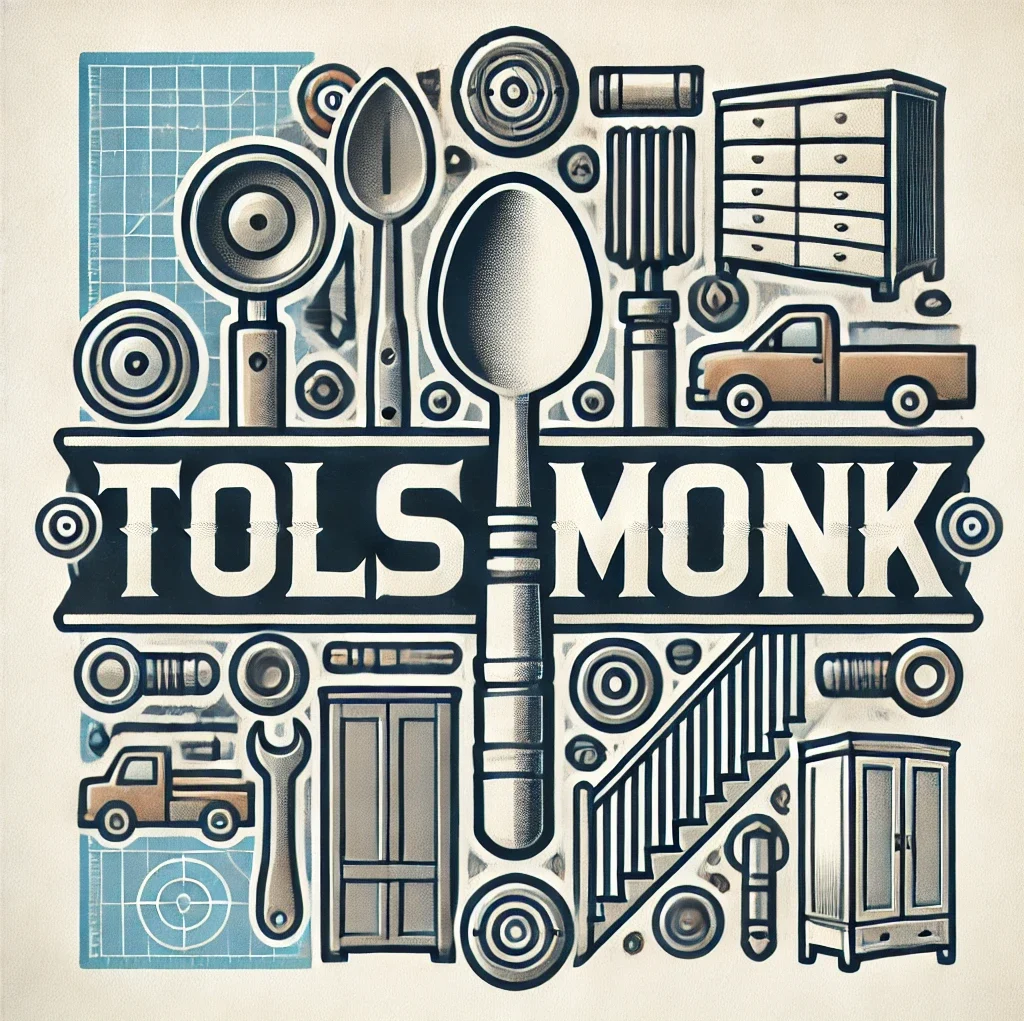
When it comes to everyday cooking, a frying pan is one of the most important tools in your kitchen. Whether you’re making a simple omelet for breakfast, sautéing vegetables for dinner, or trying to cook a steak, the right frying pan can make a huge difference. But with so many options available on the market today—non-stick, cast iron, stainless steel, ceramic—choosing the perfect frying pan can be confusing.
This guide is designed to help you understand all the important factors to consider before buying a new frying pan—so you can make an informed, confident decision that suits your kitchen and cooking style. No jargon, no fuss—just clear, practical advice to help you cook better and smarter.
Why Your Frying Pan Matters
A good frying pan isn’t just a utensil; it’s the foundation of your cooking. Different materials conduct and retain heat differently, which directly affects the taste, texture, and cooking time of your dishes. The wrong pan can cause food to burn, cook unevenly, or turn out sticky — even if you followed the recipe exactly.
So choosing the right pan can drastically improve your cooking experience.
Identify your cooking habits
Before you start comparing pans, ask yourself a few key questions:
Do you mostly cook eggs, pancakes, or delicate foods?
Do you prefer to bake or grill over high heat?
Do you want something that’s easy to clean?
Are you cooking for yourself or a large family?
Your answers will lead you to the right kind of frying pan.
Main types of frying pans
- Non-stick pan
Use for: eggs, crepes, pancakes, fish and recipes with less oil
Advantages:
Easy to clean
Great for beginners
Requires little or no oil
Disadvantages:
Coating wears off over time
Not suitable for high heat
Cannot be used with metal utensils
Tip: Never overheat an empty non-stick pan. If it overheats, it can emit harmful fumes.
- Cast Iron Pans
Use it for: Searing meats, baking, frying, and recipes that require consistent heat
Pros:
Retains heat very well
Becomes naturally non-stick with proper seasoning
Incredibly durable (can last for generations)
Cons:
Heavy and requires maintenance
Can rust if not dried properly
Tip: After washing, dry immediately and apply a thin coat of oil to retain seasoning

- Stainless Steel Pans
Use it for: Roasting, sautéing, and making sauces
Benefits:
Tough and long-lasting
Doesn’t react with acidic foods
Oven-safe
Benefits:
Can stick if not used properly
Requires practice to master it
Tip: Always preheat with oil to prevent food from sticking.
- Ceramic-Coated Pans
Use it for: General home cooking and health-conscious recipes
Benefits:
Naturally non-stick
Free of harmful chemicals like PTFE or PFOA
Easy to clean
Benefits:
The coating can wear off
Not good for high heat
Tip: Use only on medium or low heat and avoid metal utensils.
- Hard-Anodized Aluminum Pans
Use it for: Versatile, everyday cooking
Pros:
Stronger than regular aluminum
Resists scratches and rust
Often comes with a non-stick coating
Cons:
Expensive
May not work on induction stoves
Tip: Check if the pan is induction-compatible before you buy.
Choosing the right size
Frying pans are generally available in a few standard dimensions, usually around 8-inch, 10-inch, and 12-inch diameters, each of which is suitable for different cooking quantities and purposes.
8-inch: Best for single servings or quick frying
10-inch: Ideal for small families and all-purpose cooking
12-inch: Great for large meals or batch cooking
Choose according to your lifestyle and cooking habits.
Handle and lid considerations
Handle
A heat-resistant handle is a must, especially for use in the oven
Silicone or plastic handles stay cool, but metal handles are safe in the oven
Lid
A lid helps retain moisture, ideal for steaming and simmering
Glass lids allow you to monitor food without removing the lid
Stove compatibility
Not every frying pan works with every type of stove.
Gas: Most pans are fine
Electric: Requires a flat-bottom pan
Induction: Requires a magnetic base
Oven: Make sure both the pan and handle are oven-safe
Don’t compromise on quality
- Cheap pans may save money initially, but they usually don’t last long. Investing in a good quality frying pan is worth it in the long run.
- For example, a well-seasoned cast iron or a solid stainless steel pan can easily last 10-20 years. Compare this to budget non-stick, which can lose its coating in as little as a year.
Essential care tips
Never overheat a pan, especially when it’s empty
Let it cool before washing it so it doesn’t warp
Use a soft sponge for non-stick and ceramic surfaces
Season cast iron regularly
Store carefully to avoid scratches
Why one pan isn’t enough
You can start with one, but eventually you’ll find that different jobs require different tools:
Use non-stick for eggs and pancakes
Use cast iron for searing meat or cooking in the oven
Use stainless steel for high heat and complex recipes
Having two or three pans gives you flexibility without the clutter.
Stove compatibility
Not every frying pan works with every type of stove.
Gas: Most pans are fine
Electric: Requires a flat-bottom pan
Induction: Requires a magnetic base
Oven: Make sure both the pan and handle are oven-safe
Don’t compromise on quality
Cheap pans may save money initially but usually don’t last long. Investing in a good quality frying pan pays off in the long run.
For example, a well-seasoned cast iron or a solid stainless steel pan can easily last 10-20 years. Compare this to budget non-stick which can lose its coating within a year.
Essential Care Tips
Never overheat the pan, especially when it’s empty
Let it cool before washing to prevent warping
Use a soft sponge for non-stick and ceramic surfaces
Season cast iron regularly
Store carefully to avoid scratches
Why One Pan Isn’t Enough
You might start with one, but eventually you’ll find that different jobs require different tools:
Use non-stick for eggs and pancakes
Use cast iron for meat or oven baking
Use stainless steel for high temperatures and complex recipes
Having two or three pans gives you flexibility without the clutter.
